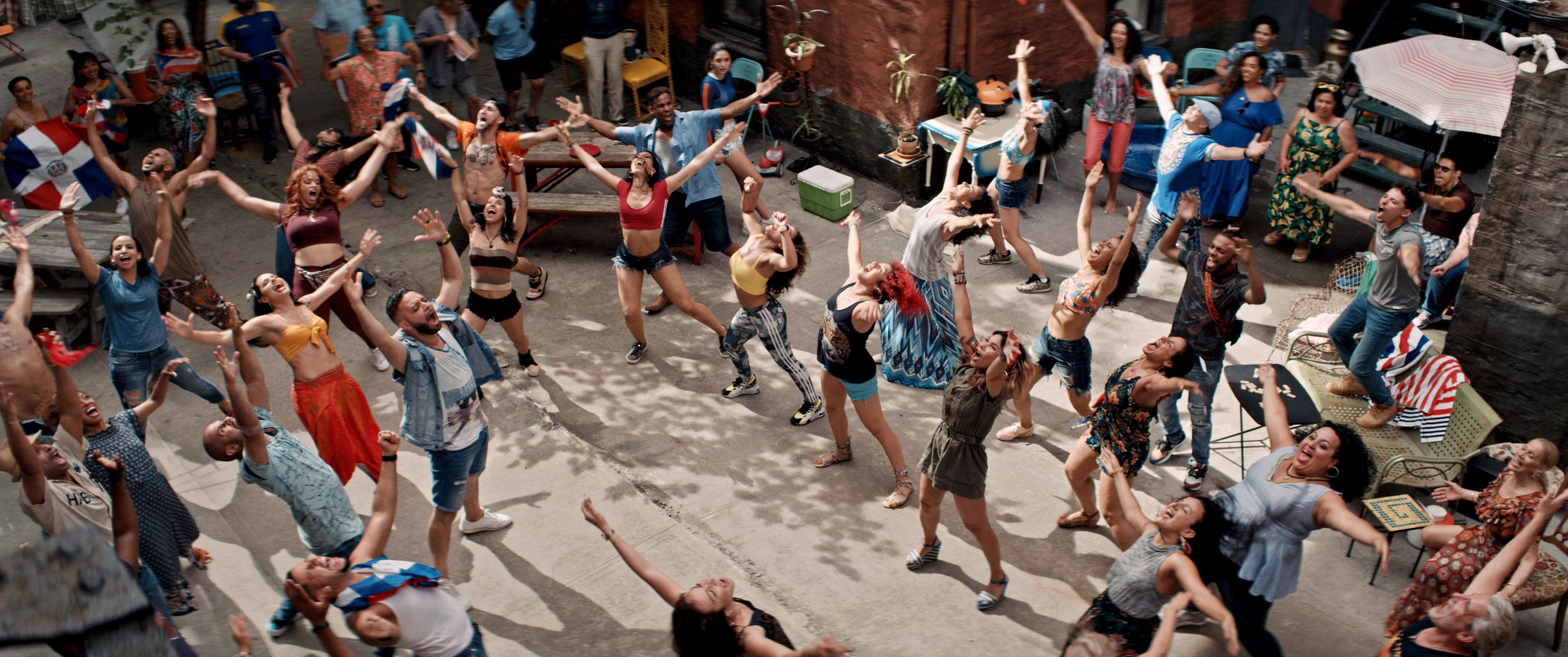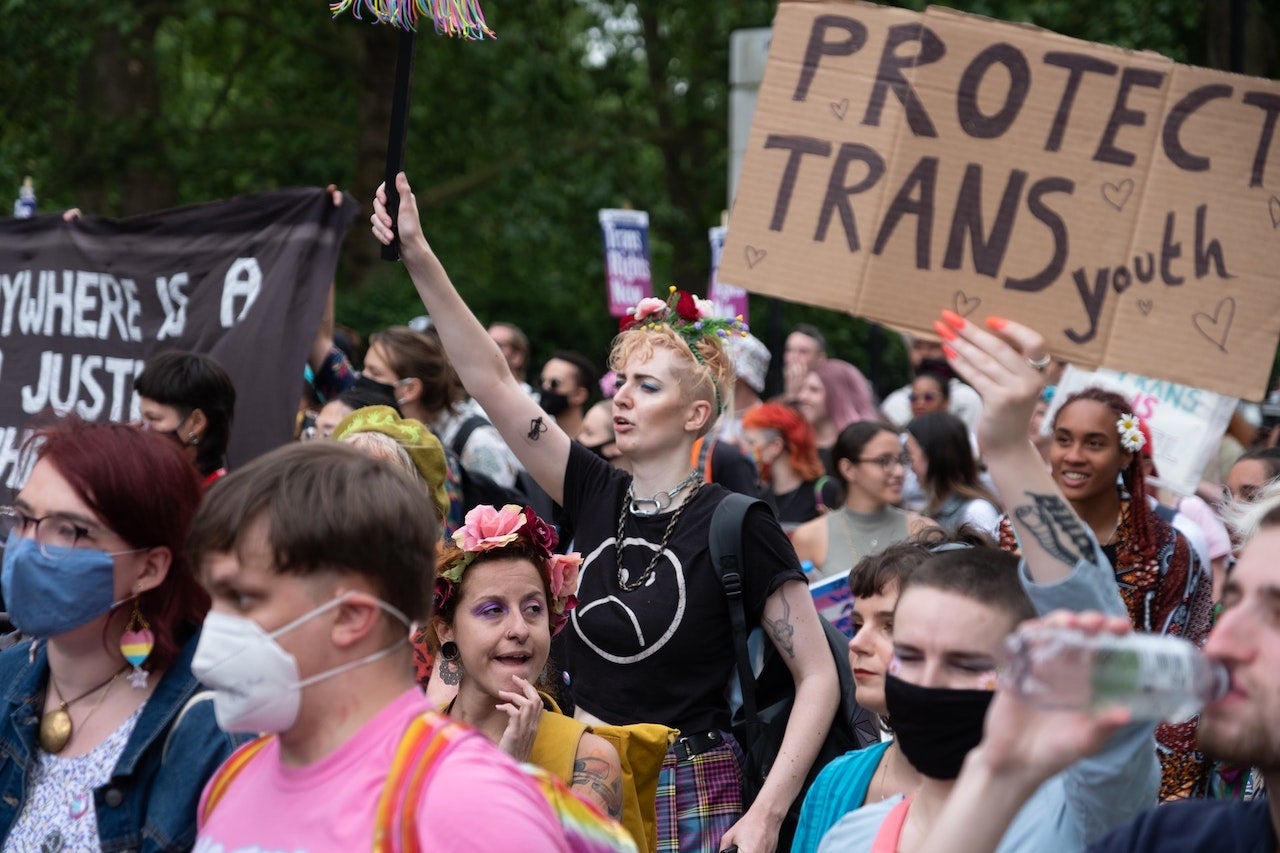In my last editorial, I commented on the rigid nature of classical ballet and the confining consequences it imposes upon many young dancers. As is only fair of any argument, the counter to this perspective explores the gender-expansive beauty of movement.
Dance is an extremely unique occupation in that it combines the fierce athleticism of a typical sport with the all-encompassing emotion and nuanced creativity of an art form. While the ballet world is keen on traditional viewpoints surrounding gender, body image and conformity, contemporary dance culture embodies its name with more contemporary, progressive ideals.
In order to further delve into the dynamic between dance and lived gender experiences, I interviewed UCLA undergraduate Kiana Aminazdeh. As a member of UCLA’s ACA hip hop dance company and a Neuroscience/Gender Studies double major, Aminazdeh’s insight outlines how the dance world has largely transformed into a safe space for gender fluid exploration and activism.
Aminazdeh explained that, to her, movement and gender are highly interconnected. She finds that the arts of choreography, narrative and music allow dancers to use their bodies to create various interpretations, both familiar and foreign.
“Dance is a medium through which [individuals] can explore different facets of the human experience with or without personal experience in whatever [they] are presenting,” she said.
Aminazdeh then added that “Through dance, and through this movement, people are able to ‘try on’ different experiences. Different identities, even.”
In this way, contemporary dance functions as a conduit through which artists are able to transcend the binary and embody the spectrum of all human emotion to the fullest of their ability. Encouraged to display both strength and softness, elation and despair, dancers strive to break out of their emotional comfort zones — all sides of dichotomies are emphasized to create the most dynamic of performances. This expansive emphasis greatly contrasts the binary system of ballet, which insists upon gender-based conformity.

Aminazdeh further noted that the art form of dance can even impact participants’ personal relationships with their gender identities.
“Binary energy and movements give dancers a profoundly intimate relationship with their own gender identities because not only do [they] have to embody the energy of the piece being performed, but simultaneously must tie that in with [their] own identity and showcase that combined energy through movement,” she explained.
At the end of our conversation, Aminazdeh concluded by saying that her experience as a dancer has not only allowed her to thus strengthen her gender identity, but it has also consequently opened her eyes to the beauty of gender diversity.
“Dance has made me very passionate about ensuring the safety of those who do not identify with the gender binary and or their assigned gender,” she said. “I’ve been able to feel how liberating it is to be in touch with [one’s] own identity and more importantly, [experienced] how much of a spectrum it is that gender lies on.”




